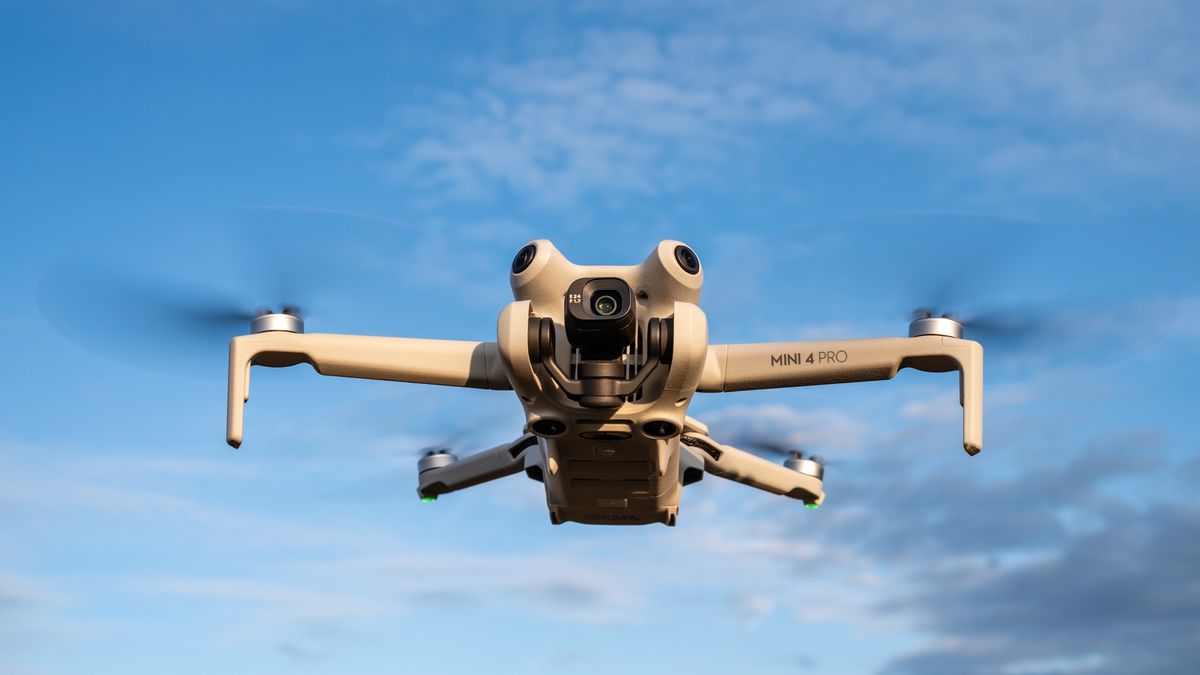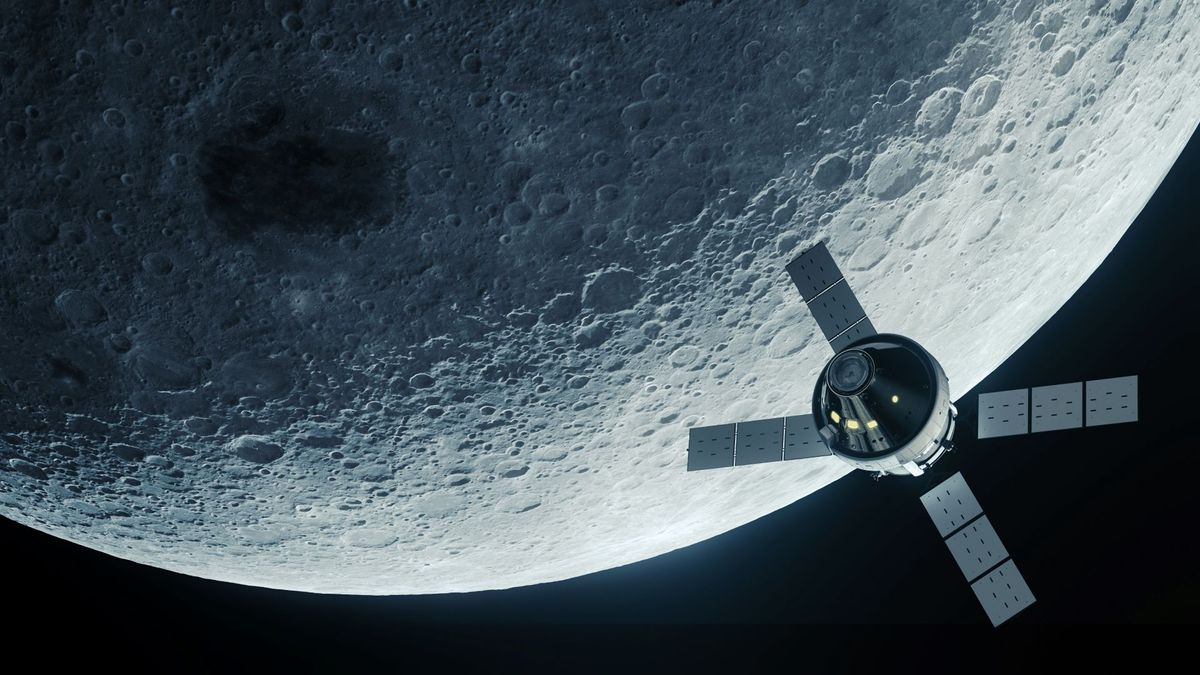Exploring the Universe’s Smallest Planets
Earth is often considered small when compared to its neighboring planets in the solar system. For instance, Jupiter, the largest planet in our solar system, could accommodate over 1,300 Earths within its boundaries. While Earth may not be the tiniest celestial body in our solar system, that honor belongs to Mercury since the reclassification of Pluto in 2006. But are there even smaller planets out there, and if so, have we discovered any of them?
Unsurprisingly, detecting very small exoplanets, or planets orbiting distant stars, poses a significant challenge. Among the limited number of exoplanets that scientists have managed to identify, Kepler 37-b stands out as the smallest. Unearthed in 2013 through data collected by the Kepler space telescope, this exoplanet is tinier than Mercury and comparable in size to Earth’s moon.
Discovering Kepler 37-b
According to Thomas Barclay, an astrophysicist at NASA’s Goddard Space Flight Center and the lead author of the 2013 research paper that introduced Kepler 37-b, the quest for smaller celestial bodies intensified after numerous Earth-sized exoplanets were located. Kepler 37-b orbits the star Kepler-37, approximately 209 light-years away from Earth. Kepler-37, akin to our sun but slightly smaller and cooler, is home to three other planets, none of which match the diminutive size of Kepler 37-b.
The transit method, employed by the Kepler space telescope to identify exoplanets, involves monitoring variations in a star’s brightness as a planet passes in front of it. Through this technique, scientists can infer crucial details about the planet, such as its composition, distance from its star, and size. Kepler 37-b, a rocky planet, revolves around its star in a mere 13.4 Earth days, boasting a harsh surface devoid of an atmosphere.
Challenges in Defining Exoplanets
While classifying celestial bodies within our solar system as planets follows stringent criteria set by the International Astronomical Union, determining the status of exoplanets presents unique challenges. Exoplanets must orbit a star, possess sufficient mass to form a spherical shape, and clear their orbital paths of similarly sized objects to qualify as planets. Despite these complications, Kepler 37-b meets the criteria, solidifying its status as a planet.
Barclay speculates that Kepler 37-b’s reign as the smallest known planet may be short-lived, with advancements in exoplanet discovery techniques on the horizon. The Nancy Grace Roman Space Telescope, set for launch by May 2027, introduces new methods such as microlensing to uncover exoplanets. By analyzing minute fluctuations in starlight caused by gravitational lensing, scientists can glean crucial information about exoplanets orbiting distant stars.
The Roman telescope’s advanced capabilities may lead to the discovery of exoplanets smaller than Kepler 37-b, further expanding our understanding of the cosmos and the diverse range of celestial bodies it contains.
Image/Photo credit: source url





